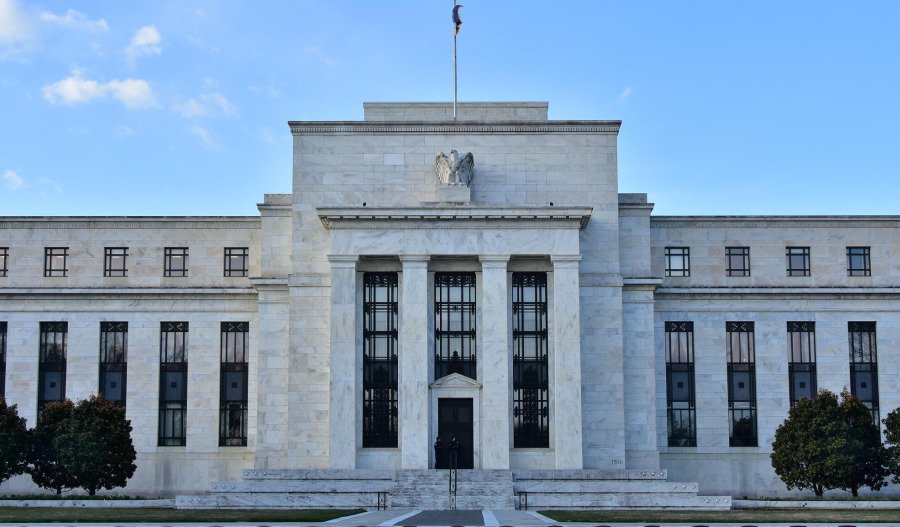The U.S. dollar fell to fresh three-year lows on Monday in subdued Easter trading, as most Asian and European markets remained closed.
Investors retreated from the Greenback amid renewed political interference in monetary policy and growing global economic concerns.
Euro Strengthens
The euro surged through the 1.15 mark to reach its highest level since late 2021. The EUR/USD pair benefited from continued dollar weakness and was buoyed by its perceived safe-haven status amid escalating trade tensions.
The rally was further supported by the European Central Bank’s (ECB) dovish policy shift. On April 17, the ECB cut interest rates by 25 basis points to 2.25%, with President Christine Lagarde stressing that inflation is under control, noting a March reading of 2.2%, just above the ECB's 2% target.
Lagarde also pointed to heightened trade tensions - particularly U.S.-imposed tariffs - as a risk to eurozone growth, suggesting that monetary easing may be needed to stabilise the region.
According to market pricing, there is an 81.5% probability of another cut to 2.0% at the ECB's next meeting in June.
EUR/USD has now logged three straight months of gains and is on pace for its strongest April performance since September 2010.
Aussie Rebounds, Trade Tensions Cap Upside
The Australian dollar rebounded during the US session to hover near 0.6400, although gains remain fragile due to the AUD’s sensitivity to U.S.-China trade dynamics.
Analysts noted that while the Reserve Bank of Australia is likely to cut rates in May, broader sentiment around commodities and trade developments will remain key drivers.
The RBA Rate Tracker showed a 62% expectation of an interest rate decrease to 3.60% at the next RBA Board meeting as of last week.
Sterling Faces Technical Resistance Ahead
Sterling climbed to a six-month high against the dollar as market participants continued to unwind USD positions.
While GBP/USD faces immediate technical resistance, underlying fundamentals and ongoing dollar weakness suggest any pullbacks may be limited.
Key support levels lie at 1.3233 and 1.3134.
Yen Gains on Safe-Haven Appeal
The Japanese yen strengthened amid heightened demand for safe-haven assets. Despite Trump’s temporary pause on new tariffs, the lack of a clear trade policy has unnerved markets.
Investors are increasingly turning to the yen as confidence in U.S. economic policy wanes.
Key Economic Events for the Week Ahead
On Monday, financial markets in Australia and the United Kingdom were closed in observance of Easter Monday, resulting in reduced trading activity.
On Tuesday, attention will turn to the release of government debt-to-GDP data from the European Union and Producer Price Index (PPI) figures from Canada. Additionally, investors will be monitoring speeches from Federal Reserve officials Philip Jefferson and Patrick Harker for any policy insights.
On Wednesday, consumer confidence data is scheduled for release from both the European Union and South Korea. Markets will also be closely watching the latest S&P Global Purchasing Managers’ Index (PMI) reports from Australia, Japan, the EU, the UK, and the United States.
A number of Federal Reserve officials - including Neel Kashkari, Adriana Kugler, Austan Goolsbee, and Christopher Waller - are also expected to deliver remarks throughout the day. In the U.S., new home sales data will be published.
On Thursday, South Korea will report its latest GDP figures, while the United States will release durable goods orders and existing home sales data.
Finally, on Friday, markets in Australia and New Zealand will remain closed for public holidays. Meanwhile, the UK and Canada will report retail sales data, which could offer further insight into consumer spending trends in both economies.



